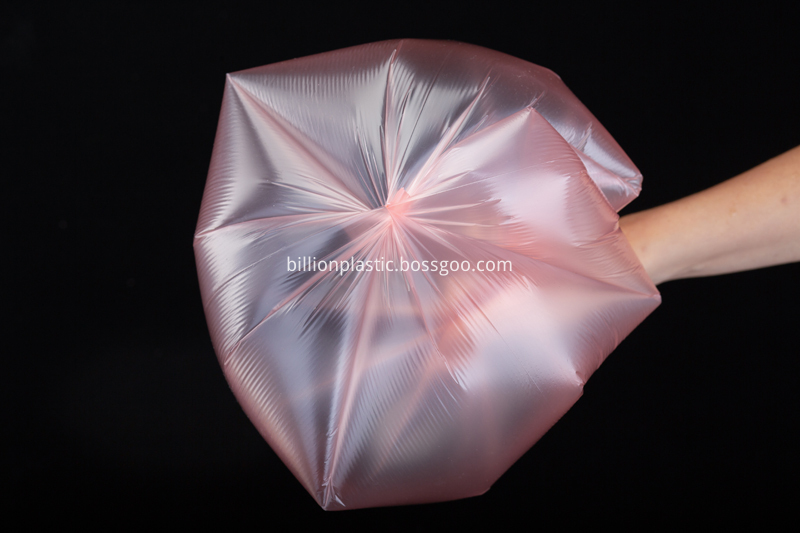MIT's research team developed a new Rfly system for unmanned aircraft using radio frequency identification (RFID) technology to manage warehouses to help smaller, safer UAVs identify goods more accurately in mega-warehouses , Record the stock. RFID tags gradually replace the bar code after the birth, so that the warehouse inventory management more automated. Nowadays, this small label that can be activated simply by the frequency spectrum has been widely used in various fields. So where is MIT's technology? First you need to understand how RFID works. The difference with the bar code is that RFID tags do not require alignment scan, the information on the label is also easy to change, the cost is lower. Despite its many advantages, RFID tags have their own limitations. For example, for tracking items, RFID does not set a standard and readers may not be able to read signals from multiple labels at the same time. The way to scan RFID tags can also be problematic in large warehouse management. Fixed RFID readers and reader antennas can only scan labels that pass thresholds, and staff members have handheld readers to scan for items. Several companies are already trying to solve the problem of reading RFID with drones. UAVs equipped with RFID readers can take the place of inventory managers and do their job more efficiently. For example, a person needs a ladder or elevator into the high-level container, the UAV can easily reach, and the UAV can be programmed in a fixed space according to the navigation work, the implementation of large-scale and repetitive tasks accuracy and efficiency are Better than manual. While many of the problems with RFID tags are currently solved by UAVs, there is still a need to connect large readers to unmanned aerial vehicles. This means that the drone must also be large enough to match the size and weight of the hardware, which makes the drone very bulky, dangerous, and inaccessible into the stack of products. Massachusetts Institute of Technology recently found a new solution called Rfly, UAV "burden." Instead of connecting to a large card reader, a drone in a Rfly system can be equipped with a small relay, just like a relay in Wi-Fi. The drone can receive RFID reader signals from a remote location and read nearby labels. This means that today's drone can be smaller, safer, to adapt to the narrow space, while using plastic parts to reduce costs. Unmanned aerial vehicles equipped with the Rfly system do not need to repeatedly read the tag's signal, but still can not detect the exact location of the tag. Continued movement of the drone can cause delays in the signal and the reader can not know exactly where the unmanned goods will be in real time. MIT solved this problem with its own RFID tag. The new label has only a grain of rice and the system triangulates the location of the drone, keeping the position of the scanned label within a few inches. Rfly complements the state of the art technology and the research team is testing the system with retailers in Massachusetts. Currently these UAVs still need human operation. However, they can undertake the task of duplication, hard work and potential safety problems so that they can only do the most important part of their work.
With star sealing bottom, the bags is stronger than normal bottom sealing, could bear heavy waste and keep the environment clean. The Star Seal Garbage Bag has large capacity, reliable quality, can carry a large amount of garbage, environmental protection and durability. It's the environmental experts around you.
Dustbin Bags,Hefty Trash Bags,Trash Compactor Bags,Yard Waste Bags,Contractor Bags,Best garbage bags BILLION PLASTIC MANUFACTURING CO.,LTD, JIANGMEN , https://www.billion-plastics.com
